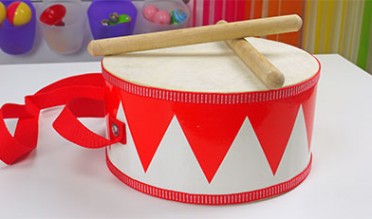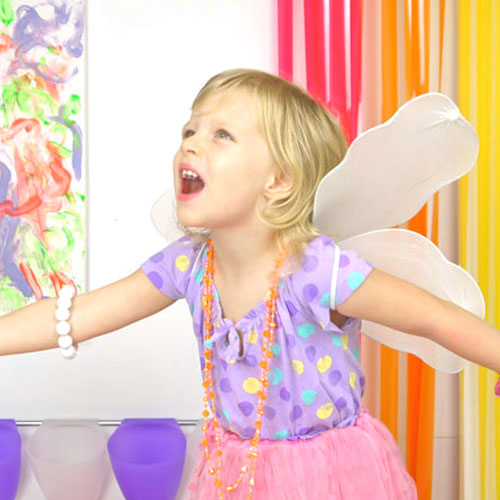The Creative Arts are a Universal language
Art is a language that crosses the boundaries of countries and time. There are many ways in which we can have artistic experiences that not only affect our thinking and our emotions but also our connections with each other and sense of spirituality. Throughout history, music, art, drama and dance have passed on cultural stories and traditions. However despite this great contribution to humanity, the arts are often undervalued in education and society as a whole.
Young children learn through the Arts
For young children, the Arts are a means of expression – a way of exploring, discovering and representing the world around. All young children learn through meaningful hands-on experiences—through touching, doing, and moving. In pretend play, children represent ideas and emotions such as nurturance when caring for a baby doll, or power and strength when becoming a superhero. As children draw, paint, and make collages, they are learning about colours, shapes, and sizes of objects. When dancing and moving, children can represent imagery such as a butterfly fluttering its wings, a shooting star, or a flowing river. Through music, children express how they are feeling by making up their own songs or making music that matches their mood.
By exposing young children to creative experiences in the first five years of life, we nurture their imaginative and creative inquiry, which fosters original thought and encourages problem solving and decision-making.
Christie Burnett, an early childhood teacher, presenter, writer and the editor of Childhood 101 says that children are creative individuals and that adults should embrace the creativity of a child as a manner of engaging them in play and in learning.
Creating an arts rich environment at home
The role of a parent is to provide opportunities for their young children to create, participate in and perform a variety of activities in the different art forms. These experiences should reflect the child’s preferences and interests, developmental skills and culture.

Here are some tips for creating an environment that is rich with creative arts opportunities:
- Put together an “art box”. Stock it with a variety of tools and materials; crayons, markers, finger paints, scissors, pastels, watercolours, brushes, glues, papers of various sizes and textures, jars of natural materials such as seeds, shells, sand, intriguing objects, boxes and containers of all sizes.
- Make a Dress Up Box – start with an old suitcase, chest, or any sort of storage. Fill it with hats, bags, belts, jewellery, scarves, night gowns, shoes, ties – whatever you think will spark your child’s imagination. You could even make a special trip to the thrift store where you may find all sorts of weird and wonderful clothes and accessories.
- Source an array of instruments, pitched and non-pitched. Bells, maracas, tambourines, a xylophone, castanets, drums, tone blocks, cymbals are just some of the options. Make instruments with your child – a simple set of saucepans with a wooden spoon, shakers from canisters filled with dried beans or a guitar made from rubber bands stretched over a cereal-box. If you have access to ‘real’ instruments such as an electric keyboard, guitar or ukele allow your child some time to experiment with pressing the keys or strumming the strings. If you are looking for musical activities sign up to an online music program for children like The Bubble Box.
- Listen regularly to different styles and types of music. Expand your musical repertoire by checking out CD’s from the library, tuning in to a range of radio stations. Dance or move to the music. Teach your children traditional dances you know or make it up as you go along.
- Try being more dramatic when you read stories to your children. Act out stories with props and costumes. Encourage older children to make up their own stories and act them out for you.
- Sing together. Share your favourite songs and make up your own verses.
- Most importantly, be interested and enthusiastic
When you share arts experiences with your child this allows them to take risks safely and explore boundless possibility.
Watch this Canadian Living clip for some more tips on Creative play with your preschooler.



0 Comments